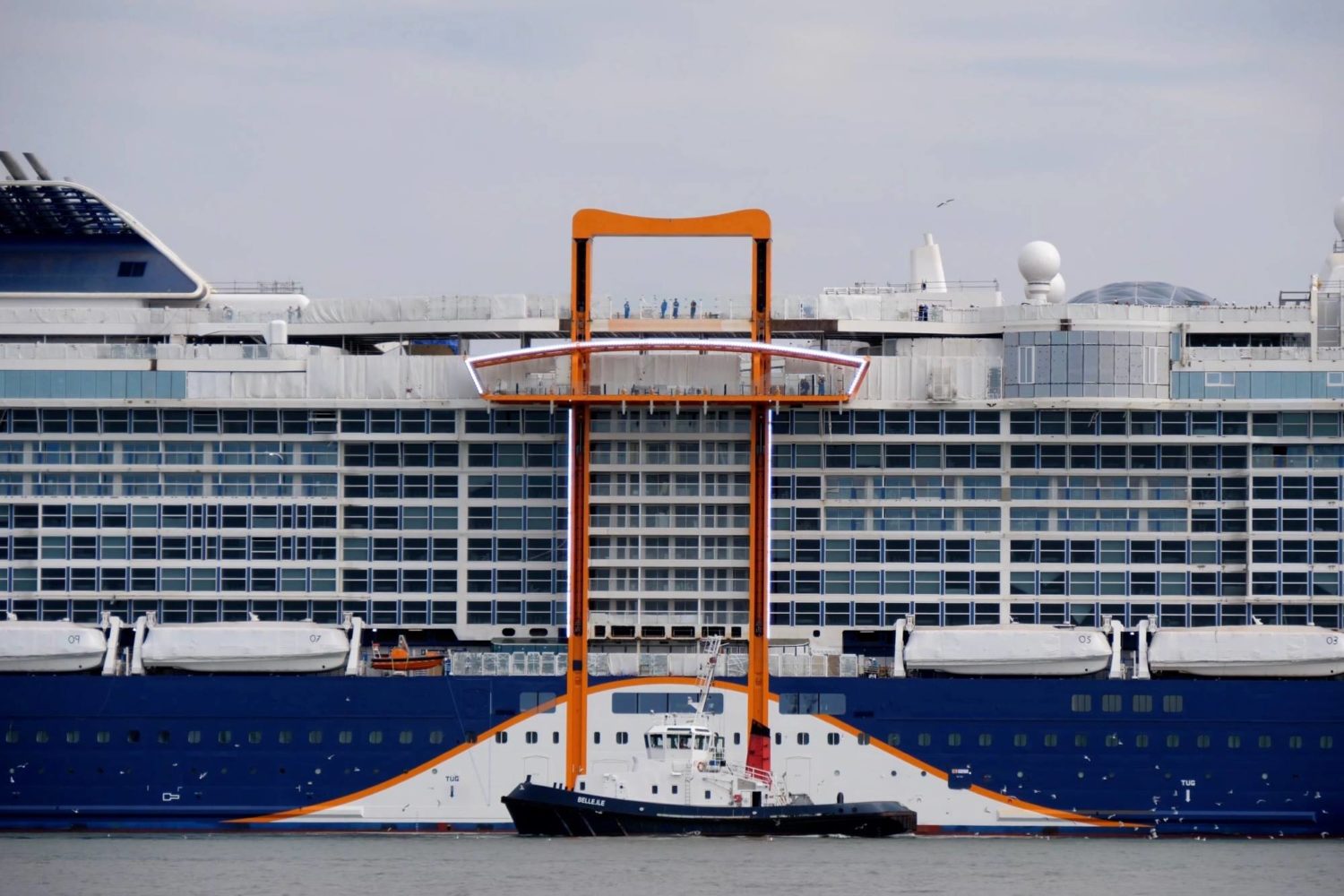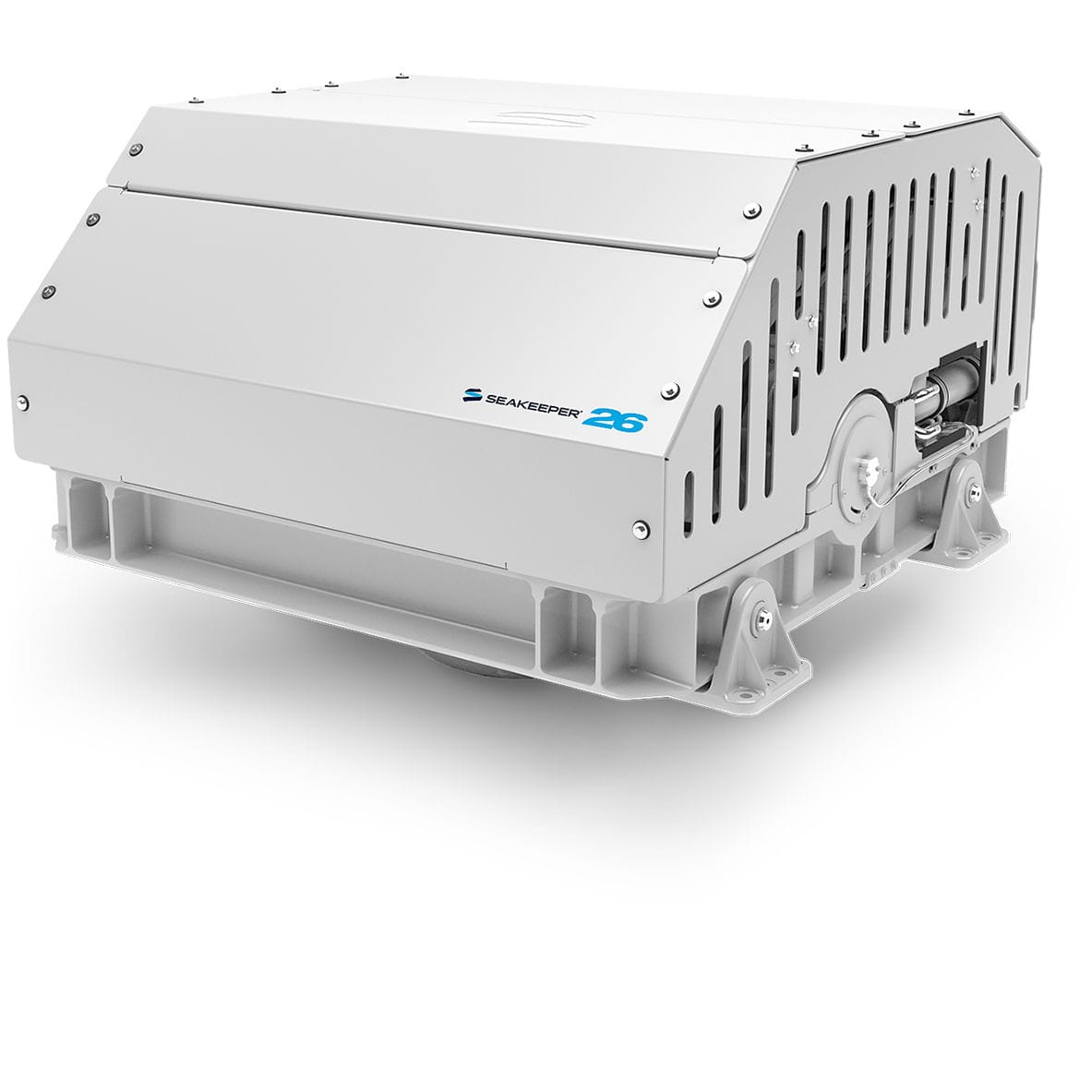Table Of Content

The Chocolate Journeys program offers a sweet adventure for chocolate lovers like me. One of the highlights is the chocolate workshops where I can learn the art of chocolate making from the experts. Renowned chocolatier Norman Love’s creations are showcased during these workshops, and I am in awe of the intricate designs and flavors he creates. The cribs provided by Royal Caribbean have dimensions of approximately 45 inches in length, 25 inches in width, and 32 inches in height. Finally, add soothing sounds or a white noise machine to help your baby sleep soundly.
Pack Essential Items for Your Baby’s Comfort
This design helps to reduce wave resistance and dampen the rolling motion caused by waves. By minimizing the ship’s motion, passengers can enjoy a more comfortable and stable journey, even in choppy waters. Retractable stabilizers offer a unique solution for cruise ships that prioritize maneuverability. These stabilizers are designed to be retractable, meaning they can be extended or retracted as needed.
Rolls-Royce new stabiliser range offers greater stability for ice class ships - Rolls-Royce
Rolls-Royce new stabiliser range offers greater stability for ice class ships.
Posted: Thu, 09 Aug 2018 07:00:00 GMT [source]
How Do Stabilizers Work On A Cruise Ship
The poolside theater, boasting a screen 30% larger than other Princess ships, promises to immerse me in larger-than-life movie experiences. And as the sun sets, the pools transform into a mesmerizing watercolor fantasy, complete with dancing fountains and interactive light effects. The cabins that are lower down and closer to the middle of the vessel experience much less movement that higher cabins toward the front or back of the ship.
How Are Cruise Ships Designed In Terms Of Stability?
By adhering to international safety standards, cruise ships are designed to withstand rough seas and provide a stable sailing experience for passengers. The primary purpose of stabilizers on a cruise ship is to reduce the rolling motion of the vessel. This rolling motion, also known as the ship’s heave, can be caused by several external factors such as waves, winds, and currents. By mitigating this motion, stabilizers provide a stable and comfortable sailing experience for passengers and crew members. With computer-controlled stabilization systems, cruise ships can adapt to changing sea conditions in real-time, minimizing roll motion and providing a smoother sailing experience.
Cruise Ship Stabilizers: How Do They Work!
A gyroscope is a spinning wheel or disk that resists changes in its orientation. By harnessing this principle, gyroscopic stabilizers can counteract the roll motion of a ship. These stabilizers are located at the bottom of the ship’s hull and can be extended or retracted. When extended, they provide additional resistance against the upward forces generated by waves. This resistance helps keep the ship level and prevents excessive pitching or rolling. Stabilizers work by counteracting the rolling motion of the ship caused by waves.
Cruise Ship Stabilizers: How They Work and Why They’re Important
Pitch is the up-and-down movement of the ship, so lengthwise or horizontal motion. Manual labor is the way through that natural phenomenon – adjusting the ship’s course. The initial purchase can range anywhere from $10,000 to over $350,000, depending on the size of your vessel. However, for many boaters, the added comfort and stability are worth the expense.
Impact Of Stabilizers On Speed & Fuel Efficiency?
The flat stabilizer fin creates more resistance against water that can reduce the speed up to 10 per cent, whereas fuel consumption also increases due to greater force. Most modern cruise lines, like Royal Caribbean, Carnival, Celebrity, and Disney, use two stabilizers on each side of the cruise ship. But few big ships like Cunard Line’s Queen, Royal Caribbean Freedom and Oasis use four stabilizers, two on each side. The passive stabilizers increase the hydrodynamic resistance while rolling dampens rolls and keeps the ship upright. The cars have shocks to absorb jerks and make the journey comfortable, and the ships have stabilizers to avoid rolling and make the voyage comfortable.

In rough conditions, the ballast tanks can be pumped to one side, effectively countering the forces acting on the ship and maintaining balance. They are typically located at the stern and bow of the ship, and they work by using fins or rudders to create a force that opposes the ship’s roll. This force is called a restoring moment, and it helps to keep the ship upright.
How Cruise Ships Float, More from Engineers - Virgin Voyages
How Cruise Ships Float, More from Engineers.
Posted: Wed, 22 Mar 2023 07:00:00 GMT [source]
Technology and good seamanship
And as I savor the culinary delights of Rouge, I am reminded of the paradise that Miami truly is for food lovers. As I conclude my exploration of Miami’s hidden gems, I am left in awe of the diverse and vibrant culture that this city has to offer. From the gentle giants of Manatee Bend Park to the friendly atmosphere of Macs Club Deuce, each hidden gem has its own unique charm and allure. They showcase contemporary art inspired by Miami, including paintings, sculptures, music, and performance art.
They are typically located at the stern and bow of the ship, and they work by creating a force that opposes the roll of the ship. As technology continues to advance, the future holds exciting possibilities for further enhancing ship stability. Transitioning to the next section, let’s explore the future of cruise ship stabilizers and the evolution of ship stability technology. Mastering the art of stabilization systems requires extensive training and expertise.
Additionally, stabilizers contribute to fuel efficiency by decreasing resistance to forward motion. As the ship remains stable and steady, it encounters less drag, allowing it to move through the water more efficiently. This results in reduced fuel consumption and lower emissions, benefiting both the environment and the cruise industry’s sustainability efforts. On the whole, if you’re wondering exactly “how do cruise ship stabilizers work? ” you’ll have to focus on fin stabilizers, because they have become the most widely used in cruise ships.
Another benefit of underwater foil stabilizers is their ability to operate without creating additional drag. Since the chambers are located below the waterline, there is minimal impact on the ship’s hydrodynamics and cruising speed. This optimizes fuel efficiency and minimizes any negative effects on the ship’s performance. Another advantage of gyroscopic stabilizers is their compact size and the absence of external protrusions.
A higher metacentric height provides greater stability in calm conditions but can result in a more pronounced rolling motion in rough seas. On the other hand, a lower metacentric height reduces rolling motion but compromises stability. Designers must strike the right balance to ensure the ship remains stable and comfortable for passengers, even in challenging weather conditions. Passengers benefit from reduced motion, enhanced comfort, improved sleep quality, and optimal utilization of onboard facilities. Stabilizers also ensure the safety of passengers and crew members, allowing for seamless operation and enjoyable navigation through various sea conditions. Moreover, the incorporation of stabilizers contributes to increased fuel efficiency, resulting in lower operating costs and a reduced environmental footprint.

No comments:
Post a Comment